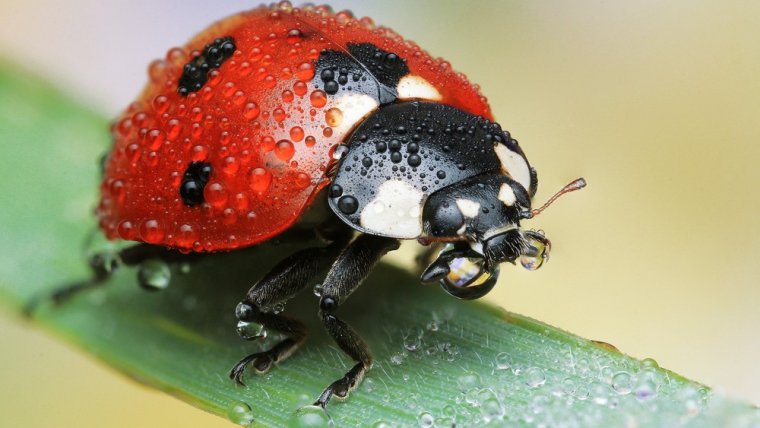
Insects can be such beautiful subjects for photographers, they offer amazing patterns and are incredible to watch. This 4 tips will definitely help you to get better insect images!
Table of Contents
By limiting the amount of time in which shutter happens to be open, the fewer chances you have to get unwanted movement at your scene. Set the fastest shutter speed possible to maximize sharpness.
The shorter the amount of time that the shutter is open, the less movement can happen during the capture of the image. Set the fastest shutter speed possible to maximize sharpness and to freeze motion. Insects, in general, can be extremely skittish, it might take some time get the shot you want, therefore you should bring along a lot of patience in order to take good shots of insects.
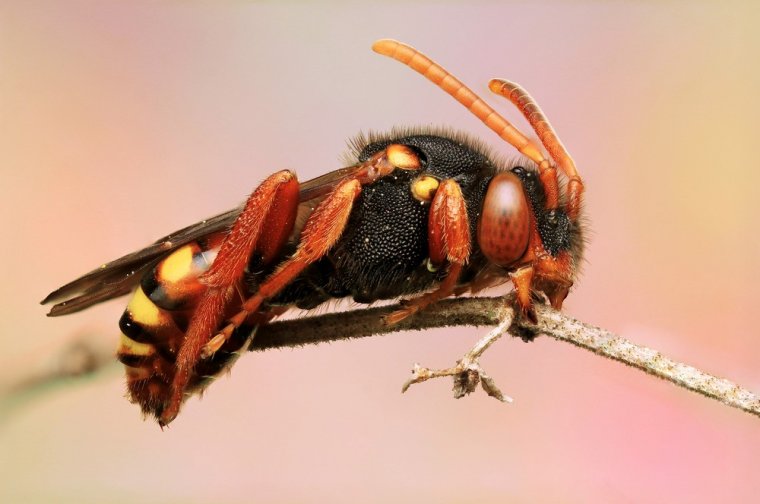
In the early morning hours, you will have the best light and the softest colors. In the late afternoon just before sunset, you will again have magical light and smooth colors. Insects are also usually less active in the morning and in the afternoon, so if you find a resting insect you will have enough time to photograph it from different perspectives. Insects usually can’t move or fly when it is too cold, so in the morning when the temperatures are low and the insects are still asleep, they will not move and you can make the best possible photo of that insect.
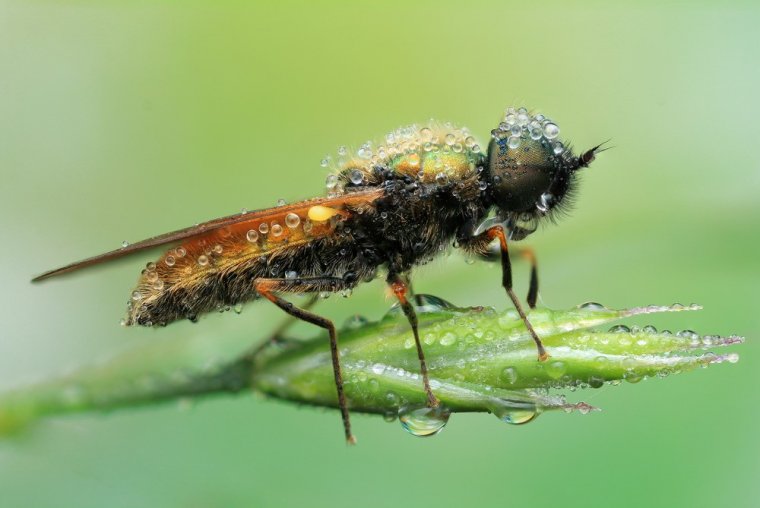
Always use the lowest ISO value possible to avoid a grainy image, you will just get a much better overall image quality by setting a lower ISO value. When there is enough light there is no need to set a high ISO value, always mind that a high ISO value can lead to quality loss of your image.
An open aperture will result in a smooth in a beautifully smooth and blurry background while the insect is sharp. Besides, for insect photography, I would recommend a lens with at least 100mm focal lengths in order to keep distance to the insect, as they might fly away when you are too near to them.

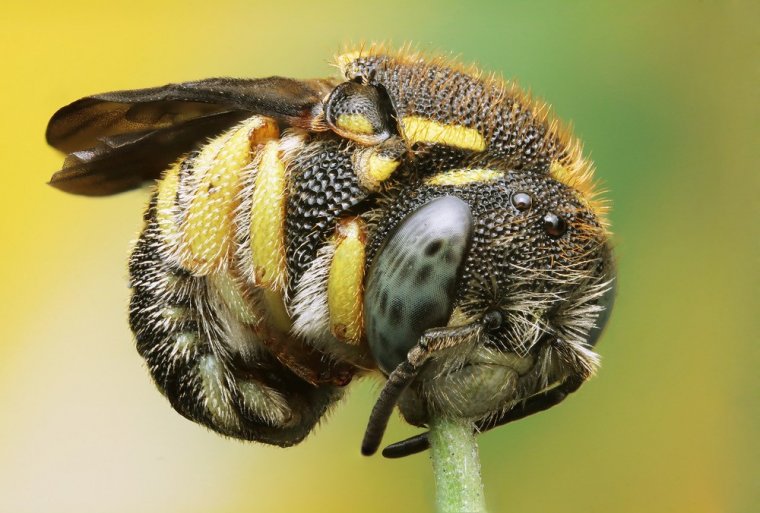
Honestly, a tripod is just a must for every macro photographer. When working in the field you definitely bring along a steady tripod in order to get sharp and blur-free images. A tripod helps you to reduce camera shake and therefore to have high-quality images.
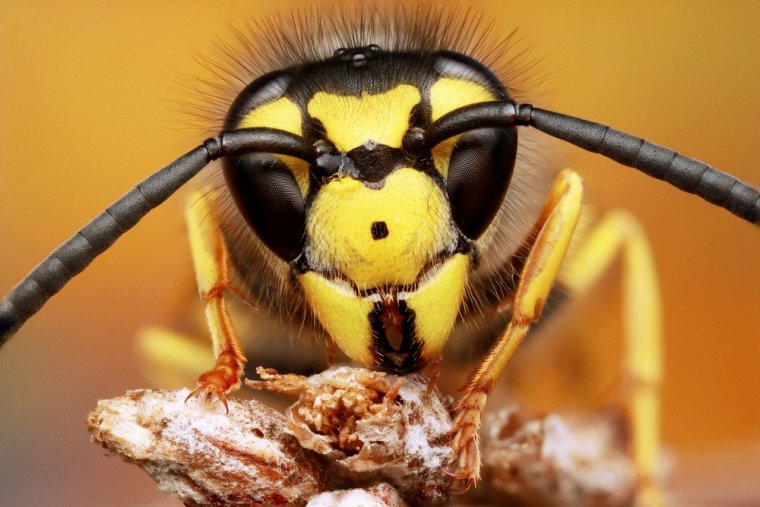
As always, I hope you enjoyed this article, thanks for reading! See you next time!
Comments (1)
Marvelous article, Julian! Macro photography is much more difficult than other kinds. I love your way of perception and showing the tiny details. Tamron lens has won my heart, for sure. Even if I was in doubts concerning this I would obviously look closely at it.
What does your software package include? Having experience with Lightroom previously I’ve decided to try some other software, for instance, heard a lot of positive reviews on Luminar (https://skylum.com/luminar). It should be easier to work with due to the built-in presets. Have you got a chance to test it? I’d like to choose the most appropriate one for macro shooting. Will be grateful if you share your editing preferences and suggestions.